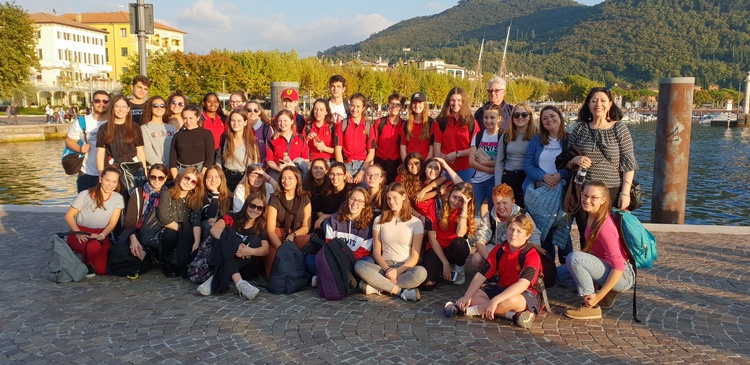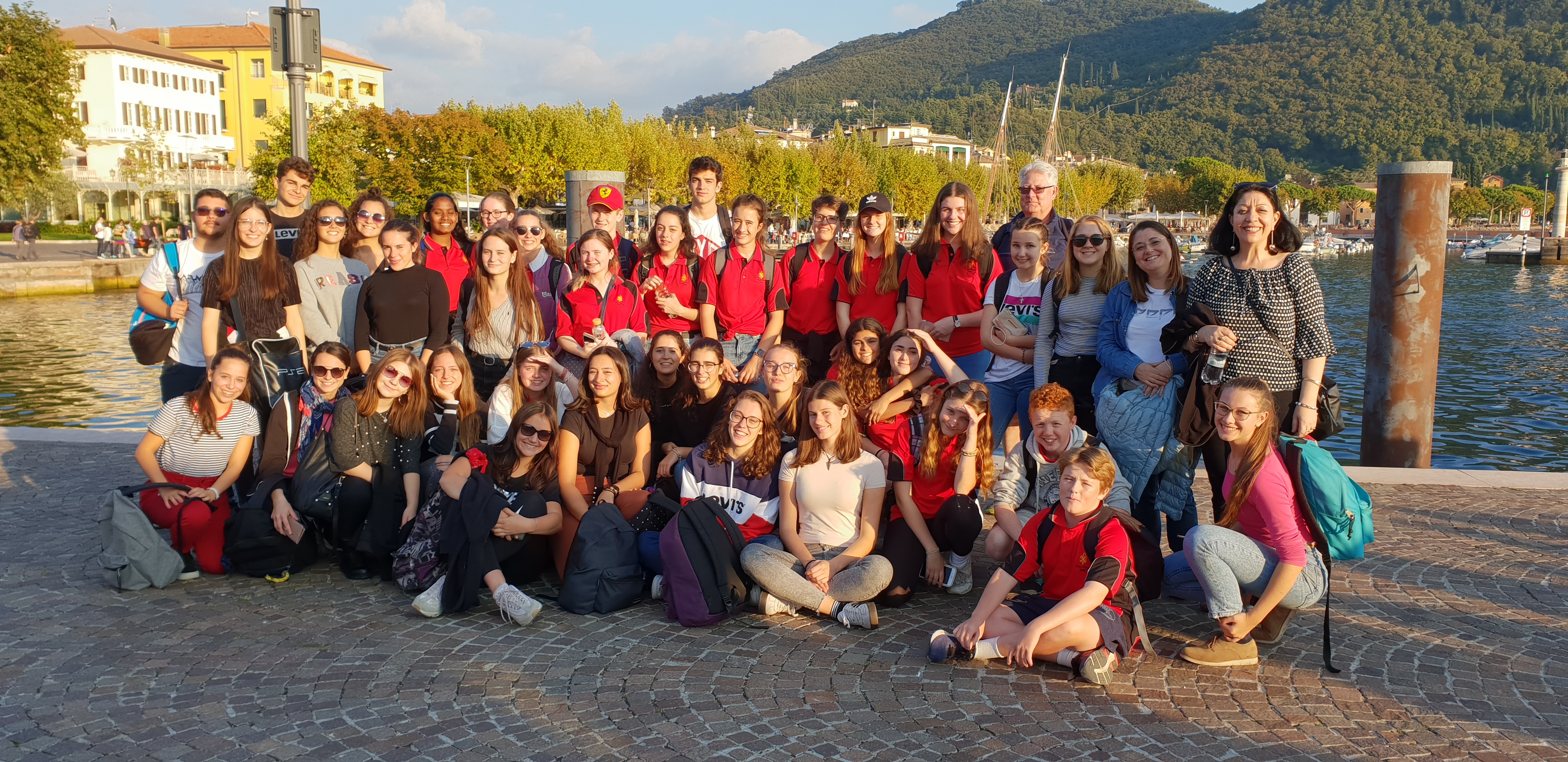These are the words of Sidney Shaw, a Year 10 student at St Francis Xavier College (SFX) in Canberra.
“I appreciate this program because we have the opportunity to learn Italian in a fun way and it allows us to make new friends, learn new concepts with language and culture, and even take a trip to Italy with the school,” she continued.
“It helps us to gain knowledge of how other countries work, as well as the languages; not only do we get to learn a new language, but it improves our problem solving, memory and communication skills.”
Italian is one of the two languages offered, as well as Japanese, to the 1200 students at the Catholic high school in the Australian capital.
Classes are presented in a dynamic and stimulating way, providing opportunities to explore the Italian language and culture beyond a textbook.
Languages are compulsory for the first two years (there are currently six Italian classes in both Year 7 and Year 8) but they become optional in the following years, leading to a significant drop in numbers.
The only exception was in 2019, a year that saw record numbers with two Year 9 Italian classes for the first time ever.
Tina Rodriguez teaches Italian at SFX, together with her colleague Silvana Olsen.
Rodriguez has worked at the school since 2008, straight after getting her teaching qualification as a mature-age student once her children were grown up.
“I wouldn’t want to be teaching anything other than Italian; it’s a great passion of mine and I’m proud of my heritage,” she said, adding that both of her parents migrated to Australia from Calabria in the 1950s.
Rodriguez is an advocate of the school’s cultural exchange program with the Liceo “Girolamo Bagatta”, a state upper secondary school located in the municipality of Desenzano del Garda in the province of Brescia, and she made it her personal mission to breathe life into the project.
When she first started teaching at SFX, she applied for a scholarship in Italy and through that, she met the principal of the school in Lombardy.
Since 2013, a strong link between the two schools has been consolidated: Italian students have visited Canberra twice, and SFX students have been to Desenzano four times.
Studying Italian in Year 9 is a requirement to participate in the trip, and the exchange program is a big incentive for students to continue their language studies throughout high school.
“Learning Italian has given me an insight into the culture as well as the language skills to participate in the Italian trip our school offers,” Year 10 student, Indyanna Marshall, said.
“The three weeks I spent in Italy on our school trip were some of the best weeks of my whole life.
“I was able to experience a whole new culture and learn about Italy’s history by visiting famous landmarks such as the Leaning Tower of Pisa and Pompeii.
“Because I had been able to learn the language, I was able to spend my time with a host family, experience how they lived, meet new people, and test my skills.”
Due to the coronavirus pandemic, SFX students were unable to host their Italian counterparts this year, while the trip to Italy that was scheduled for 2021 has also been cancelled.
Fortunately, the school year is filled with special classes and excursions that keep students engaged.
For both Japanese and Italian, the work units tend to end with more interactive activities.
Year 8 students participate in a cooking class, while Year 9 students explore the theme of Italian fashion and the concept of “la bella figura” by participating in a fashion parade and describing the outfits of their classmates in Italian.
Older students learn about more challenging topics such as the environment, with trips to nature parks in the area.
Last week, a group of senior students had the opportunity to interview some representatives of the Italian Embassy in Canberra and explore the theme of identity in Italy.
“This term’s work unit is titled ‘Society and Communities’ and focuses on regions and regionalism,” Rodriguez said.
“Through a series of questions they prepare, the students must understand how strong regional identity still is in Italy today.
“The point is to see whether people in Italy still say ‘I’m Calabrian’ before they say ‘I’m Italian’.
“If they don’t have Italian background, students don’t fully understand this regional attachment at first.”
In the coming weeks, students will also participate in a national language competition that will test their knowledge, and the winners will be announced during a school event at the end of the year.
For those who are already thinking about university, excellent news (and a further incentive) comes from the Australian National University, which adds an additional five points on to the ATAR score of students who study Italian in their final years.
In short, there really is no excuse to not learn Italian at SFX!












